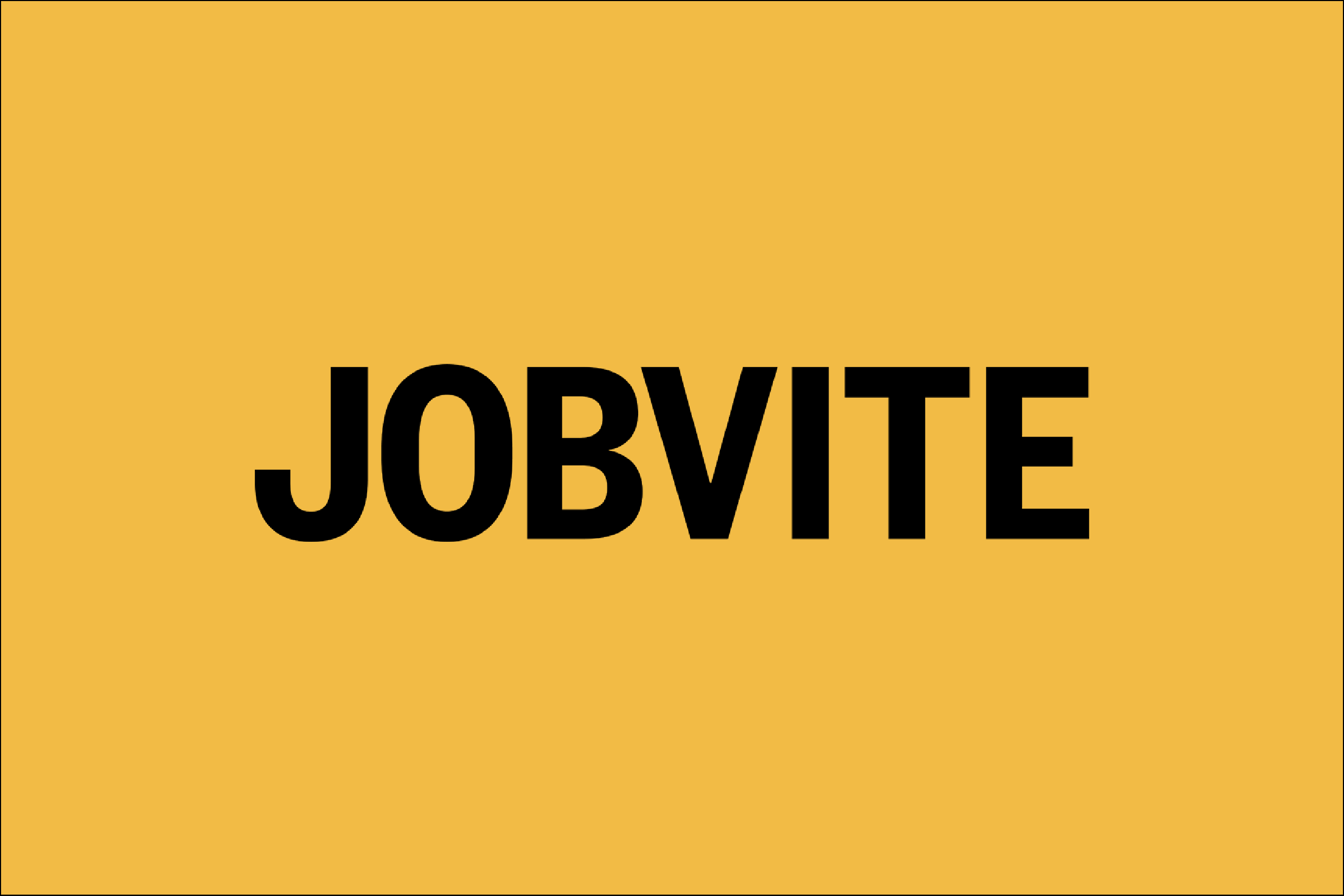
Jobvite Job Grader
Interactive tool for recruiters to test job postings for gender and racial bias with feedback in infographics and emojis.
Background
Jobvite is a market leader in the recruitment industry. With a main product offering of applicant tracking system and recruitment software, their team came to us with a brand new AI-driven algorithm designed to detect racial or gender bias in job postings and requested a UI design to bring it to the public.
In beginning this project, the need for a judgement-free UI was the impetus for our creative process. I recognized that many recruiters who may use this algorithm were doing so in a proactive way, and so the priority for this tool was to provide a judgement-free editing zone for recruiters.
Defining our Goal
This product tackles one of the greatest challenges recruiters face today: how to attract talent with a bias for gender or race. Implicit bias affects marginalized communities the most, and can be detrimental when searching for a new job.
By checking job postings for racial or gender bias, recruiters gather a more inclusive pool of talent, and marginalized groups of people see better chances of winning the job or career they most want.
Users & Audience
The indicated user for this project was initially only recruiters who subscribe to Jobvite’s applicant tracking system. When the project was expanded, so did the intended audience including but not limited to non-subscribing recruiters, tech recruiters, hiring managers, job searchers, career counselors, and human resource professionals.
Roles
I was tasked with the research, design, and development of this product. I worked with a team of one other designer, and one Back End Developer.
Scope & Constraints
Some unique factors were that the base algorithm that would detect gender or racial bias was built with Machine Learning and was constantly being trained. This resulted in multiple result factors to design for — some of which were changing until late in the project. We also faced major constraints in time and resources as this project was not our only live project at the time.
New Technology Unlocked: Svelte
Because of the live-reload demands of this web app, our Back End Developer set up our project using Svelte and some other new technologies. As a result, this became the first svelte project for everyone in our team
Expanding Accessibility
Late in the project, the client came to our team with a request to make the final results page printable. This presented some excellent design opportunities and eventually became a point of emphasis for accessibility.
User Research
The first step I took in this project was communicating with the client and creating a user flow for the product. I wanted to explore where users would be coming from and where they would go next after entering their information and job posts, editing, and where they would go next.

High-Fidelity Wireframing
The next step I turned to the wire-framing tool Figma and presented an initial clickable prototype to the client. From this high-fidelity prototype, our team designed and built the full experience in Figma while maintaining the prototyping functionality. I was particularly interested in building programmable svg components that would respond to data points sometimes in a range from (-1,1) for example.

Asking for Print Query
Then, later in the project, the client came to our team with the request to add print functionality to the final report page of the product. This became my sole responsibility in the project.
This was a unique request in that it wasn’t very common for our core clients to ask for print-ready webpages. I was made aware there were paid plugins that could achieve boilerplate results, but seeing the opportunity for accessible design I advocated for crafting a custom print experience.
Results & Conclusion
In the end, I delivered a custom print-from-web experience that perfectly captured the result page for the product. Additionally, by completing user experience research early in the process, we had a finished product that offered many entry and exit points for the user to explore Jobvite’s other product offerings after getting their job description evaluation back.

Outcome
Our team delivered this project on time and in perfect cohesion with the machine learning algorithm that supported it. This project was the first where I truly led on process and guided our team through research, conception, wireframing, prototyping, and final design.

New Knowledge
This was also our team’s first project using Svelte, a unique templating language that we all fell in love with. Additionally, I gained a new capacity for crafting web-to-print experiences and still use that expertise today in my daily accessibility practices.